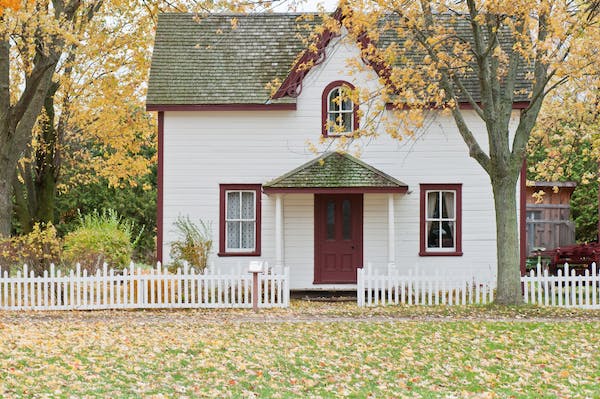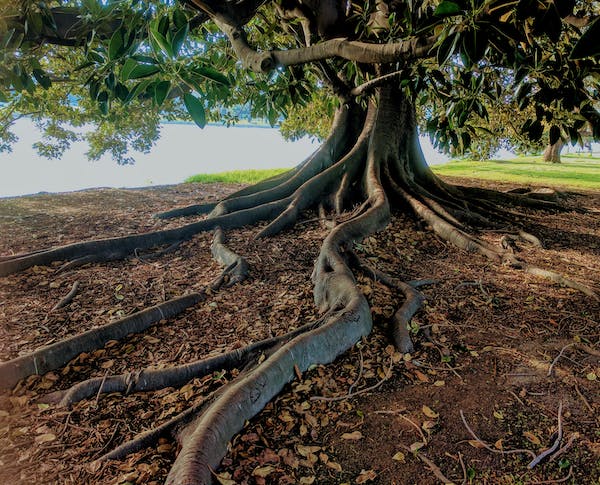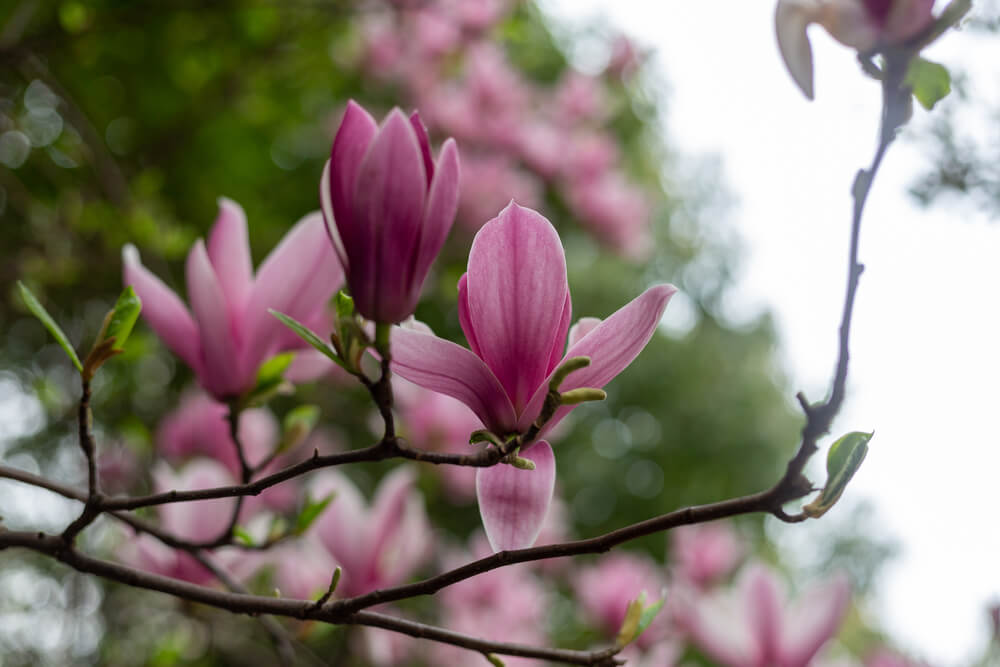You may be wondering how to add some décor or landscaping to your backyard, and perhaps you are unsure whether a Magnolia tree is good for your backyard. Don’t worry; I am here to ease your anxiety.
A Magnolia tree is a good choice for planting in your backyard as it will add some natural and new finish to your property.
There are several species of magnolia. You may decide to go with either large ones or short shrubs, or the evergreen types.
Stay tuned as I elaborate on why magnolia trees will make the best backyard additions for you and the proximity to your building you should consider when planting them.

Why Magnolia Is Good for Your Backyard
1. Acts as a Form of Privacy
Instead of the boring cliché wooden fence for your home or property, magnolia is an excellent alternative.
You may use a fairy magnolia that grows to as tall as 12 feet, and it will act as a good and attractive natural barrier to shield off space and be like a fence giving your home a good form of privacy.
2. Ease of Maintenance
Magnolias are some of the simplest shrubs and trees to plant and maintain.
Planting a magnolia is easy, and it doesn’t need so much water to grow and reach maturity.
You only need to water it three times a week when it’s six months old and afterward only once a week. After that, you will add fertilizer and mulch, and your magnolia tree will flourish.
Within the first year of planting your magnolia tree or shrub, it is highly advisable not to add fertilizer.
3. Beautify Your Backyard
A magnolia tree with sprouted flowers is a marvel and beauty to watch and be in the midst of.
In the springtime, it will bloom with beautiful flowers making your backyard one of the prettiest in your location.

Factors To Consider When Planting Magnolia in Your Backyard
1. Litterfall
Magnolia is known for shedding and littering the ground throughout the year.
That’s why the proximity of planting magnolia trees in your backyard is key because you may plant them perhaps near your swimming pool, and you end up having a hard time cleaning up every time.
Also, keeping your magnolia close to your house’s entrance isn’t advisable, as doing so may lead to litter being blown inside your house.
2. Roots
Magnolia roots spread underground to about 40 feet, an extensive root system that does not go deep underground.
The roots grow horizontally and are very shallow to the earth’s surface; hence planting your magnolia too close to your house or property may damage its root system.
It is not easy determining the right proximity from your house to plant your magnolia, but planting them about 50 feet away from your house will ensure they don’t get affected.

3. Strong Fragrance
Magnolia trees are known to produce flowers that have a sweet fragrance. However, the fragrance may be too strong if planted too close to your living room.
If you are not fond of floral fragrances or have some allergic complications heightened by such a smell, it is prudent to ensure you plant your magnolia as far as possible from your recreational space.
4. Proper Care
When planting a magnolia in your backyard, you should ensure that you have the appropriate soil to ensure its proper growth to maturity. The soil should either be neutral to acidic but not alkaline.
You should also ensure you plant them where they can access enough sunshine and some form of shade or shelter from frost and strong winds, as it can damage their flowers.
When it comes to pruning your magnolia, you should avoid over-pruning, especially when the plant is still young and developing, and doing that will act as a form of stress to the tree and delay flowering.
5. Diseases
Magnolia is prone to a few diseases and especially fungal diseases. One of the diseases common to magnolia is phytophthora rot, which attacks the plant’s roots causing it to rot, which may lead to your plant having sparse foliage.
There is also honey fungus disease that spreads underground and will attack your magnolia tree roots. The fungus is dangerous and may kill your plant if not detected and treated early enough.
The most common symptoms of this disease are the absence of flowers, cracking stems, pale foliage, and bleeding.
All the above diseases are dangerous for your magnolia tree and may cause retardation of growth or kill it. That is why it is prudent to know how to prevent the above diseases and early detection to ensure you maintain a healthy magnolia tree in your backyard.
Conclusion
Now that you know that magnolia tree is a good addition to your backyard, you should go ahead and spice up your backyard with them and bring the sweet floral fragrance to your compound.
However, you should take note of the considerations I have highlighted before deciding to plant a magnolia, as doing that will ensure the smooth growth of the plant.
Please go through the above content to learn about the magnolia tree and the ideal conditions for it to thrive in your backyard.














